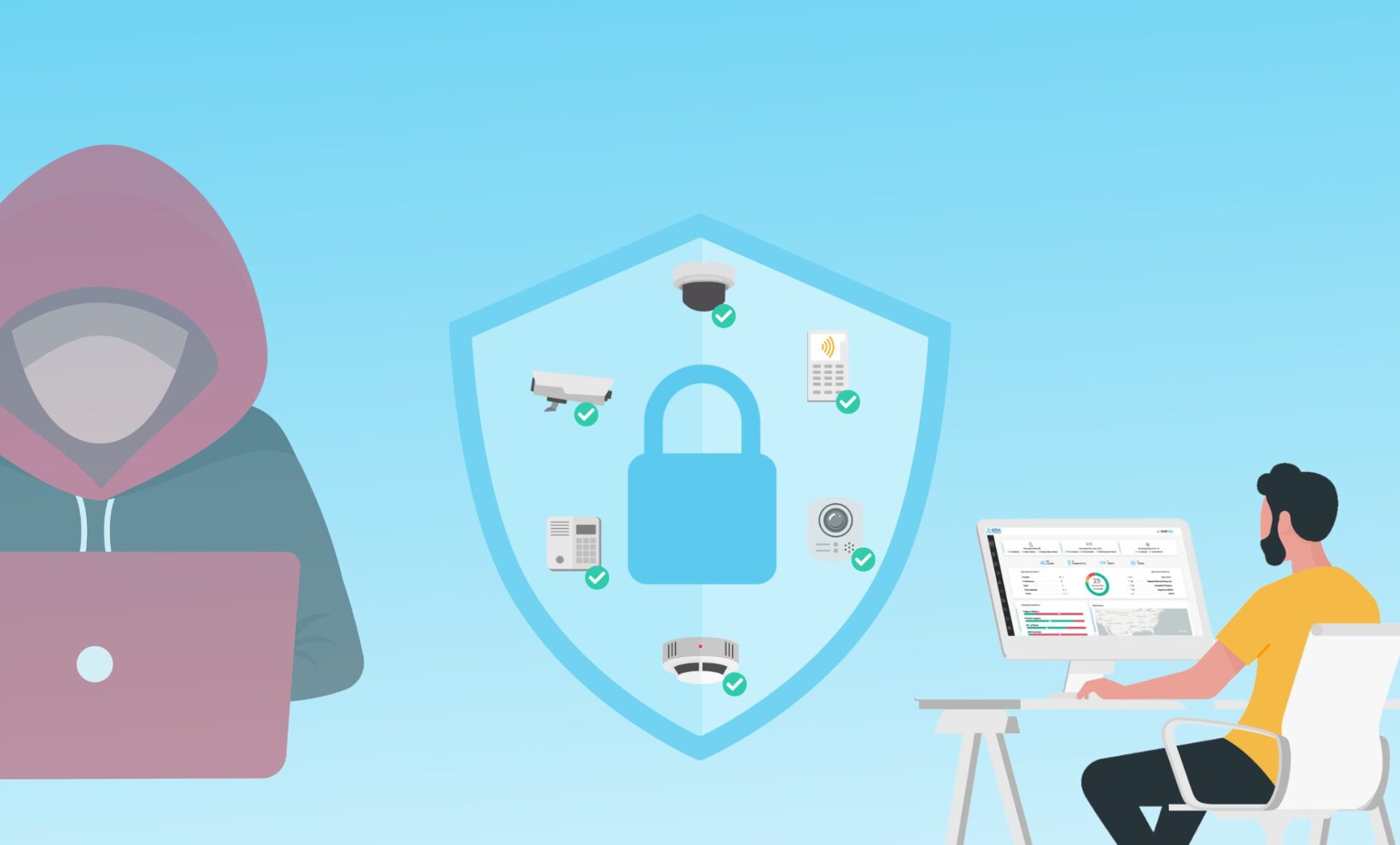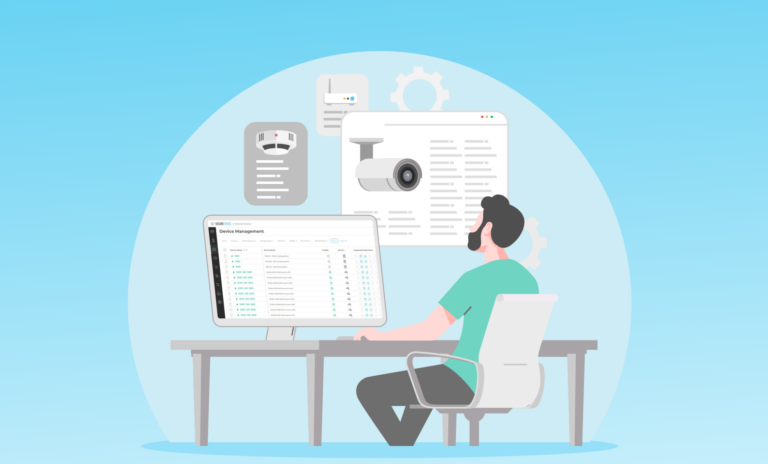
As physical security ecosystems become increasingly complex, it is now virtually impossible for most physical security teams to maintain and protect their devices from cyber threats at scale. Critical tasks like password rotations, firmware upgrades and vulnerability monitoring are simply impossible to perform manually across hundreds or thousands of devices, often across multiple sites.
That’s a serious danger, given the major potential costs of a cyber breach via a vulnerable IoT device
However, using automation the right way, physical security teams can turn this “impossible task” into a scalable, efficient process – and thereby keep their devices consistently protected from cyber threats.
Here are 5 key ways automation helps physical security teams cyber-protect their devices.
#1. Scalability
The sheer scale of many physical security device fleets is perhaps the greatest barrier to carrying out the maintenance necessary to protect those devices. It is also the most obvious area in which automation can be a gamechanger. By automating the process involved in firmware upgrades, password rotations, device hardening, or any of the other critical maintenance described above, this painstaking task can be solved in a matter of minutes – regardless of how many devices are deployed.
Of course, there’s a major catch here. Physical security device fleets are typically composed of many different device types, makes and models. This means that any automated device management that is proprietary to a particular vendor (whether device manufacturer or management system) will more often than not fail to cover all the devices – leaving unaddressed vulnerabilities in the process. For automated device management to truly fulfill its promise, it must be performed in a vendor-agnostic manner.
#2. Reducing the chance of human error
Human error is a significant risk in manual cybersecurity processes – all the more so when dealing with devices central to physical security. Automation ensures that tasks such as firmware updates, password rotations, and configuration changes are executed uniformly and accurately across all devices. This consistency reduces the likelihood of vulnerabilities caused by oversight or misconfiguration, as well as operational disruptions resulting from compatibility issues between devices and management systems. A classic example of the latter would be if a group of cameras were updated with firmware that isn’t compatible with their VMS, causing a major outage.
This is also a reason why automation must be applied end-to-end when it comes to device maintenance. If you automate these tasks without also automatically communicating with the corresponding management system, you could actually end up making matters worse by taking out dozens, hundreds or even thousands of devices in one fell swoop!
#3. Cost-efficiency
Automation is a far more cost-effective way to conduct scalable device maintenance than hiring extra staff or paying external contractors. Contractors may indeed be able to perform these tasks at scale – unlike physical security departments themselves, which often lack the in-house personnel to do so. But the dynamic nature of the cyber threat landscape, coupled with the large number of physical security devices in medium- and enterprise-sized organizations, means that the costs quickly add up. By contrast, an automated solution can easily be managed by one or a handful of in-house physical security team members.
#4. Real-time monitoring and response
Cyber threats are continually evolving, and the ability to detect and respond to these threats in real-time is crucial. Automated systems can support your physical security and IT teams in this area, by continuously monitoring devices for vulnerabilities and suspicious activities, and providing instant alerts and recommendations on how to mitigate threats.
However, to ensure that this information reaches the right people in real-time – thereby preventing breaches before they cause significant harm – alerts should be integrated into existing IT ticketing systems. It is also critical to avoid “alert fatigue”, by ensuring alerts are generated based on the root cause of a particular problem, rather than every individual device affected. For example, if 50 cameras are offline due to a problematic network switch, that incident should generate a single alert or ticket – highlighting all the impacted devices, but focusing on the root cause.
#5. Compliance and reporting
With increasing regulatory scrutiny, maintaining compliance with cybersecurity standards is vital. Automated systems can generate detailed logs and reports, providing a clear audit trail of all security actions taken. This documentation is invaluable for demonstrating compliance with industry regulations and internal policies.
Once again, this benefit can only be actualized if the flow of information to the right stakeholders is also efficiently automated, to ensure compliance reports reach the right people, at the right time.
Manual processes are no longer sufficient for safeguarding these systems, given their sheer scale and complexity. Automation offers an essential solution, allowing security teams to manage, monitor, and maintain devices efficiently, all while minimizing errors and maximizing cost-efficiency.
Leverage Automation to Keep Your Physical Security Device Cyber-Protected
By leveraging automation, organizations can streamline vital tasks—like firmware updates and password rotations—at scale, ensuring consistent protection across all devices. Additionally, automated systems enable real-time monitoring and response, reducing the time it takes to address vulnerabilities and ensuring compliance with cybersecurity regulations.
Ultimately, the right automation strategy not only fortifies device security but also empowers physical security teams to stay ahead of cyber threats without being overwhelmed by the demands of manual maintenance. Embracing these technologies is key to maintaining a resilient and secure physical security ecosystem.
For more on how to leverage automation to effectively secure your devices, get The 7 Essentials for Cyber-Protecting Physical Security today.




